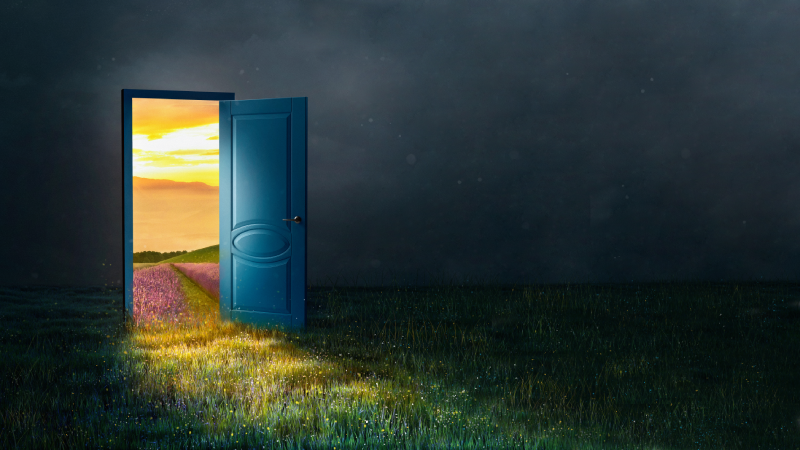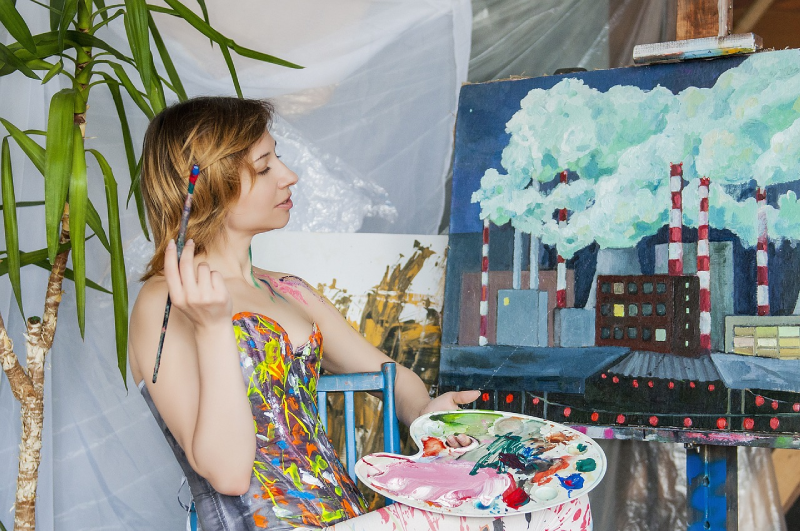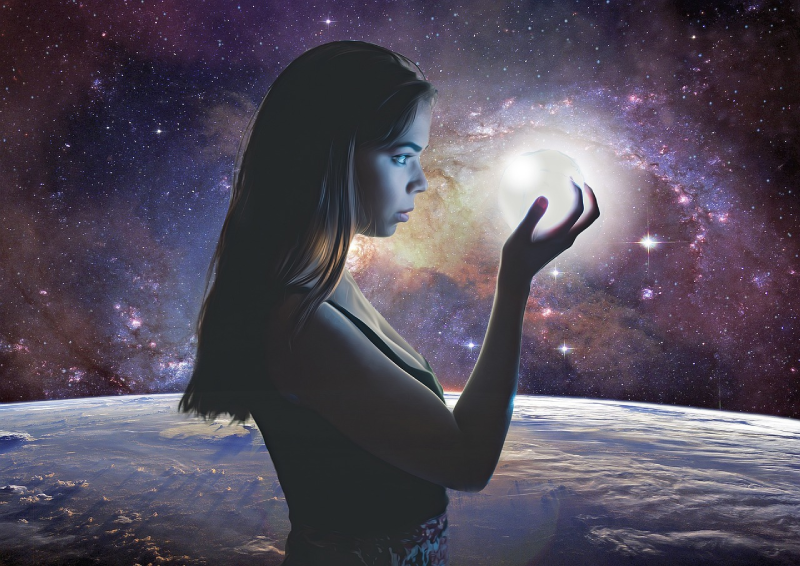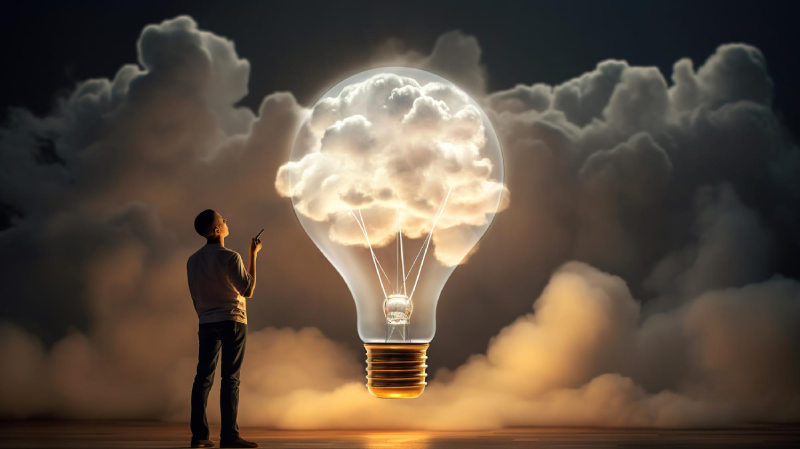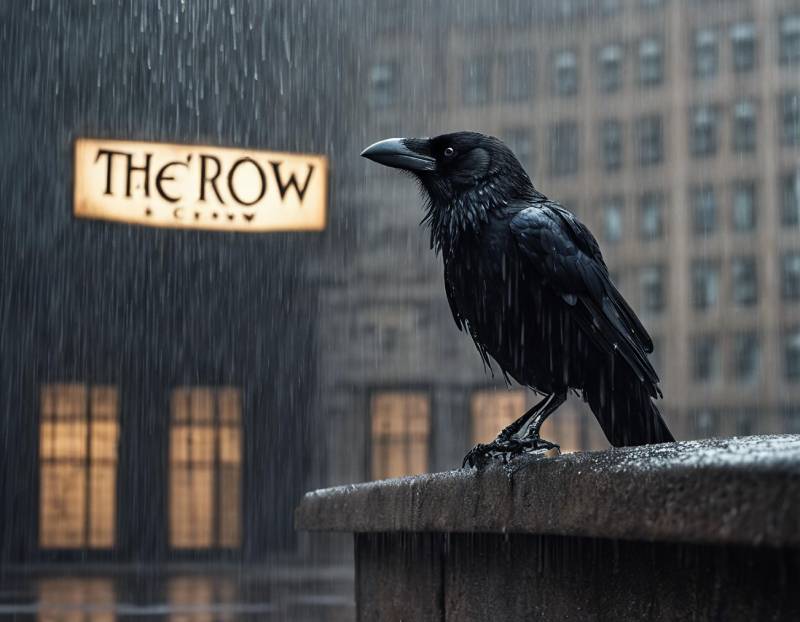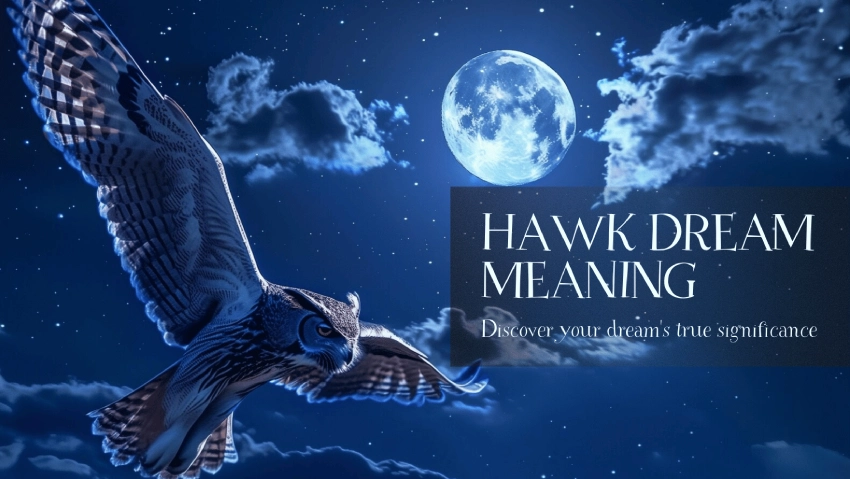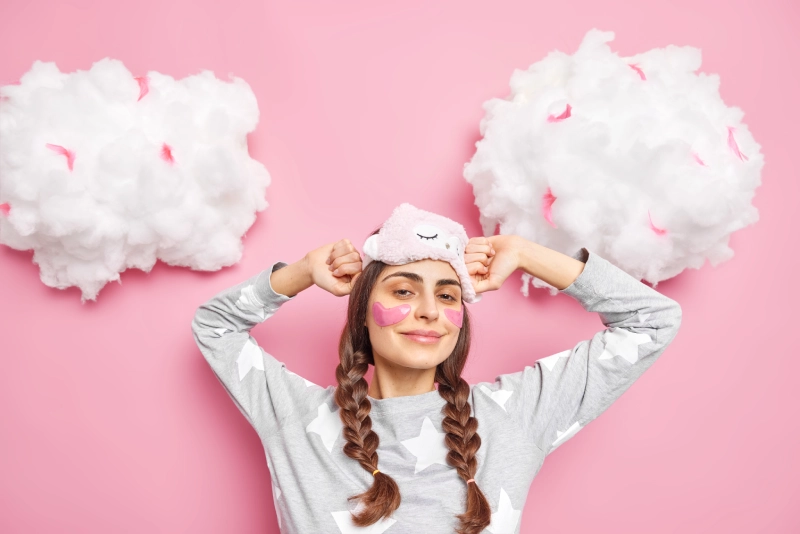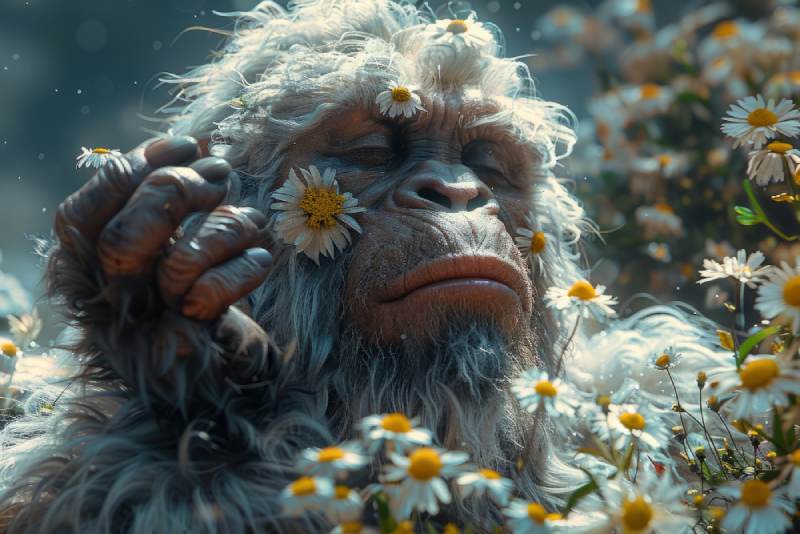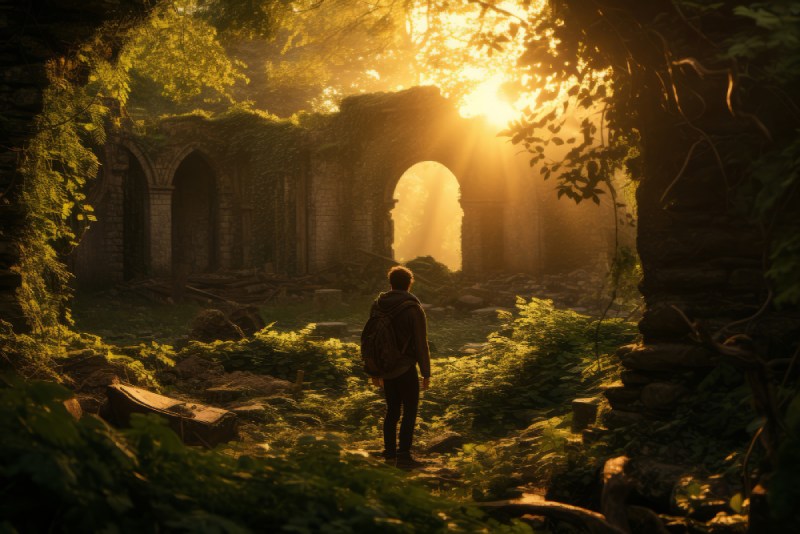Exploring the Connection Between Dreams and Creativity
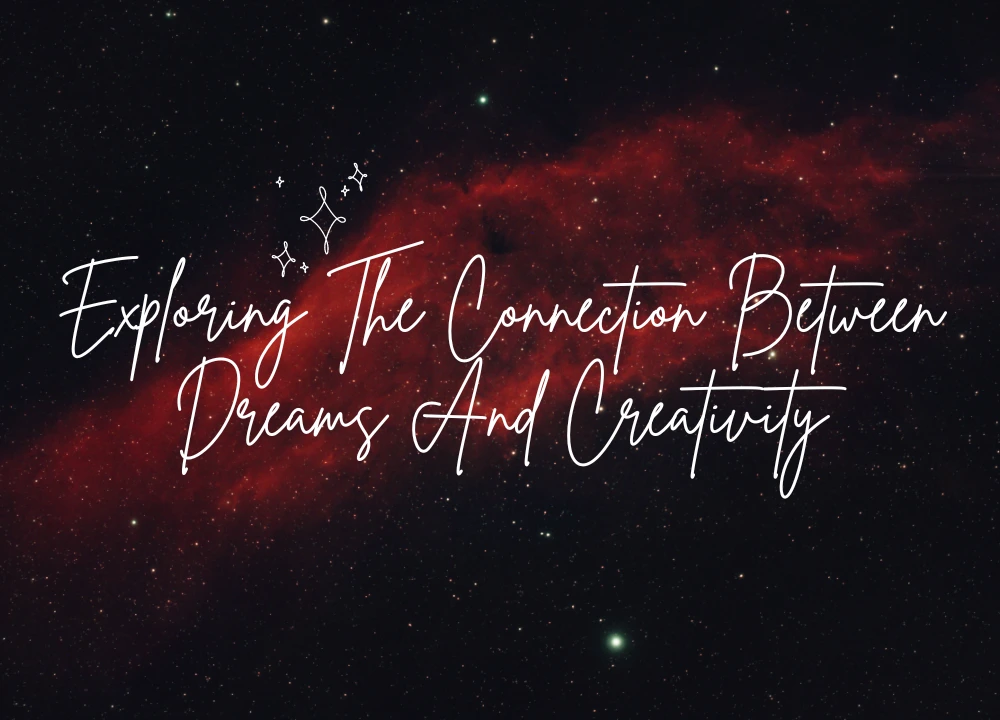
Dreams and creativity are two paradoxes of the human condition that have captured our interest for decades. Dreams are imaginary and mysterious, whereas creativity is a basic human trait related to innovation and artistic nature. It is believed that dreams and creativity are connected as they both are significant powers of the subconscious mind. Many historical and psychological theories prove that the two are connected. But what is the connection, and how it shapes the human mind and creativity is a question.
Many artists have said that dreams are their source of inspiration; they give them ideas related to the creative aspect of life. Exploring the complex relationship between dreams and creativity provides a fascinating journey into the worlds of imagination, motivation, and introspection.
In dreams, we often experience scenarios that cross the boundaries fixed by reality and logic. We enter the world of imagination and creativity and are able to explore unique and unexplored possibilities. Dreams enable us to break away from the confines of cultural rules and expectations, resulting in unique, bold, and innovative thoughts.
This blog delves into the connection between dreams and creativity, attempting to untangle the threads that connect them. We hope to bring insight into how dreams can impact and enrich the creative process by investigating the theories, research, and experiences around this connection.
By the end of this blog, you will gain immense knowledge of dreams and creativity and the connection between them.
Understanding Dreams and Creativity
Dreams are the visuals, past experiences, thoughts of your day, or the creativity of your subconscious mind that can be seen while sleeping. This is a strange process as you may see things you have never thought of or heard about.
Dreams are a medium to know your inner self and a portal to connect with your subconscious mind. The subconscious mind is believed to be the most creative part of a person’s mind. While dreaming, you connect to this part of the mind which ultimately brings out creativity, ideas, and innovation.
Whereas creativity is the ability to generate ideas, solutions, events, or innovation. Creativity can be used in various fields like music, art, acting, dancing, writing, designing, etc. But what if this creativity relates to your dreams? Can you improve creativity via your dreams? The simple answer is “yes.” There are some ways through which a human can control their dreams, but it requires great practice and dedication.
Exploring the Connection Between Dreams and Creativity
Throughout history, the connection between dreams and creativity has been proved by various historians. In ancient civilizations, dreams were often considered to be the message from their divine gods. Egyptians believed that dreams contain some vital information and insights that can be used for human welfare. They considered dreams the source of artistic creativity and innovation, which can be seen in their artworks, writings, and sculptures. Below are some crucial points for how dreams and creativity are connected.
Source of Inspiration
Dreams have a miraculous ability to give us new and unusual ideas that can tremendously stimulate our creative activities. We enter the vast and intriguing region of the subconscious mind when we dream, where our thoughts, feelings, and experiences live. This area contains an abundance of untapped creativity and unusual thought that is just waiting to be uncovered. They provide inspiration for some out-of-the-box ideas that can even be considered as inventions.
Enhanced Imagination
Dreams are not bound by reality and take you to the world of fantasy and surreal imagination. When you engage with this imaginative world of dreams, your mind opens to accept and imagine new and unique ideas. When you awake, your mind is filled with positivity and creativity, allowing you to think extraordinarily.
Exploring the emotional side
Dreams can carry intense emotions like fear, joy, happiness, sadness, shock, etc. These emotions trigger the emotional side of your mind and enhance creative expression. Writers, singers, and artists benefit from this and connect with their audience emotionally.
Access to the subconscious
It is believed that the subconscious state is difficult to reach, but dreaming is one such way to reach it. The subconscious mind holds deep thoughts and desires, exciting ideas, and unusual thinking. Connecting with this level enhances creativity, imagination, and perspectives.
Examples Of Famous Creative Works of Dream Inspiration
Salvador Dali
- Salvador Dali, the renowned surrealist painter, frequently took inspiration from his dreams.
- A dream in which melting clocks emerged is supposed to have motivated his iconic work “The Persistence of Memory” (1931).
- Dali thought dreams allowed him to explore creative and symbolic imagery by tapping into his unconscious mind.
Mary Shelley
- The author of the classic novel “Frankenstein,” Mary Shelley, gave the story’s inspiration to a dream she experienced.
- During a visit to Lake Geneva in 1816, Shelley had a vivid dream about a scientist who constructed a living person from dead body parts, which inspired her renowned work.
Paul McCartney
- Paul McCartney, one of the members of The Beatles, famously composed the melody for the song “Yesterday” after hearing it in a dream.
- Upon waking up, he immediately played the melody on the piano and eventually turned it into one of the band’s most beloved and recognizable songs.
These examples prove that dreams and creativity are deeply connected as dreams provide people with extraordinary ideas and thoughts. They have used those ideas to create something different and unique.
How can dreams make a person more creative?
Dream inspirations are key to creativity if you know how to use them properly. Many people confessed that their dreams inspired their artworks, music, paintings, writings, and even inventions. You travel to the world of creativity through dreams, which has no limitations.
The people who dream more tend to be more creative than people who experience lesser dreams. French philosopher Michel Foucault put forth the idea that every act of imagination is connected to the world of dreams.
This viewpoint emphasizes the connection between dreams and creativity, stating that the creative process is inspired by the expansive and unrestricted world of dreaming. Below are some simplest ways to use dreams to improve creativity.
Creative Dreaming Techniques
Dream Journal
Keep a dream journal or a diary and a pen beside your bed to write your dream as soon as you wake up. This is one of the most useful creative dreaming techniques which allows you to remember your dream forever. In most cases, a human can remember their dream soon after waking up but have a higher chance of forgetting it after an hour or so. Therefore, if you pen it down as soon as you wake up, it will remain forever with you.
Dreams often include symbolic visuals, original stories, and coincidental connections that can stimulate and improve creativity. By writing down your dreams in a journal, you build a library of original ideas that you may later consult and get inspiration from.
After your daily chores, give that dream journal a read and find out what kind of ideas or thoughts your dream is providing.
Explore the symbols
The best way to understand your dreams is to understand the meaning of symbols. The symbols convey much more than it may seem. Make sure to analyze the symbols and connect them to your daily life as soon as you wake up. We can consider those symbols as metaphors or visual signals for creativity. Once you crack this symbol language, you will gain the power to understand the meaning of your dreams. It will become easier to understand and utilize your dreams’ creative aspects in real life.
Storytelling Material
Creative Dreaming sometimes provides narratives and long context, which may be used in writing stories, journals, books, novels, and art pieces. You travel to the world of creativity through dreams, which has no limitations. The situations and experiences you can see and observe in dreams are the biggest sources of creativity and inspiration. Many writers have claimed that their dreams, not any book or reference, purely inspire their writings or novels.
Problem-solving resource
If you are facing a problem in your life or even confusion but can’t find a way to resolve it, take the help of your dreams. They are unbiased and have the ability to give you the best solution to your problem. Before sleeping, make sure to remember and think deeply about your problem or the confusion. You may likely dream about the situation, but your dream will give you a fresh perspective and solution to it. The fresh perceptive allows you to change your thinking completely and treat your problems as part and parcel of life.
Lucid Dreaming
This is the most useful way of using your dreams to get the best creative ideas and inspiration. Lucid dreaming is the practice of becoming aware in your dream and controlling them according to your own will. Lucid dreaming enhances self-awareness, personality growth, creativity, and innovation.
It helps to gain creativity. You are aware that you are in a dream; you can explore and experiment with various ideas, thoughts, and perspectives and analyze their result. This results in more creative and unique thinking when you start working after waking up. Many artists and musicians use lucid dreaming to think and write about their stories and lyrics and create their artworks.
The 3 Main Advantages Of Lucid Dreaming Are
Unique idea generation
Lucid dreaming can provide you with a plethora of amazing and unique ideas. In the conscious state, you can control what information to add and what to subtract to shape the idea for your own benefit. You can even analyze the situations and outcomes of implementing those ideas and choose the most beneficial one.
Connecting with creativity
Lucid dreaming allows you to connect and control the most creative part of your mind i.e., the subconscious mind. You have the chance to explore the creative insight of it and get the most creative and valuable ideas and utilize them in your life.
Enhance visualization ability
Dreaming in the conscious state is related to visualization, as some part of your mind still works with your subconscious mind, which controls your dreams. Frequent practice of lucid dreaming enhances visual skills, which ultimately improves creativity.
2 Important Scientific Theories on Dreams and Creativity
Dreams and creativity have been good topics to research about. Many scientific studies have explored the connection between dreams and creativity. Specialists have performed this research via practical observation of their theories. Here are 2 most popular theories that have shown a link between Dreams and creativity.
Activation-Synthesis Theory
The activation-synthesis theory, put forth in 1977 by neurobiologist Robert McCarley and psychiatrist J. Allan Hobson, contends that dreams are the consequence of spontaneous neuronal activity in the brainstem during REM (rapid eye movement) sleep. This hypothesis contends that dreams are the result of the brain’s attempt to make sense of these illogical signals by constructing stories or narratives. According to this theory, dreams are just a result of cerebral activity rather than being essentially creative.
Continual-Activation Theory
The continual-activation idea, put forth by Harvard psychologist Deirdre Barrett, builds on the activation-synthesis theory by arguing that dreaming fulfills a cognitive purpose by allowing waking thought processes to continue. Dreams blend and incorporate components from memories, emotions, and current events, which helps the brain comprehend and integrate new information. According to this viewpoint, creativity can manifest itself in dreams as the mind makes new connections and associations.
Conclusion
In conclusion, research into the connection between dreams and creativity demonstrates a strong relationship between the world of creative inspiration and the power of the subconscious mind. Dreams provide an infinite number of fresh and unique ideas that might inspire our creative aspirations. Dreams access our subconscious minds, allowing us to tap into great ideas, feelings, and perspectives that inspire original thought.


